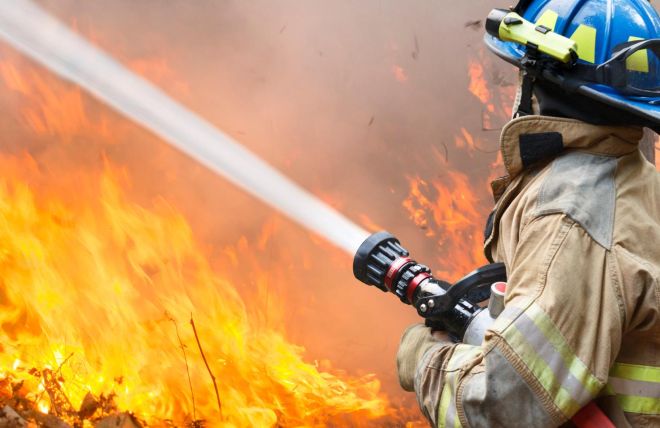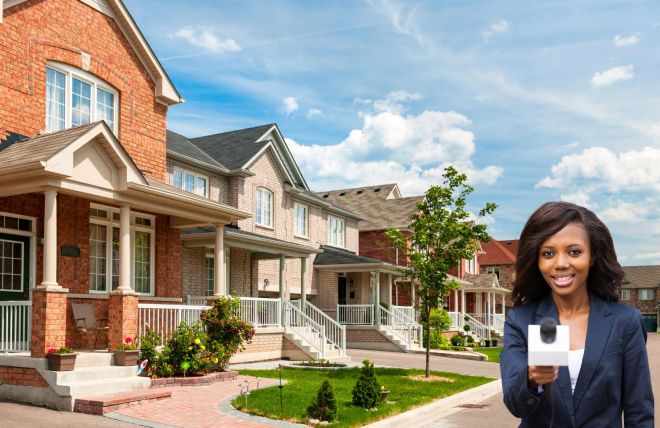Effective HOA communication is one of the most critical elements of disaster preparedness and recovery for any homeowners’ association (HOA). Whether you're dealing with a wildfire, hurricane, or other natural disaster, keeping your community informed and connected can significantly reduce panic, ensure safety, and expedite recovery. This guide outlines best practices for HOA communication during and after a natural disaster, helping you to keep your community resilient and well-prepared.
Establish Multiple Communication Channels
Relying on a single communication method can be risky, especially if that method fails during a disaster. Your HOA should use a multi-channel approach to ensure that critical information reaches all residents:
- Text Alerts: Text messaging is a quick and effective way to send urgent updates directly to residents’ phones. Set up a system for sending mass texts during emergencies.
- Email Notifications: Email allows for more detailed communication, such as evacuation instructions, safety tips, and post-disaster updates. Ensure your email list is up-to-date and includes all residents.
- Social Media: Platforms like Facebook, Twitter, and Instagram can be used to provide real-time updates and interact with residents. Social media is also useful for sharing official information from local authorities.
- HOA Website: Your HOA website should have a dedicated emergency page where residents can access up-to-date information, such as evacuation routes, shelter locations, and HOA’s Emergency Plans. This page should be easily accessible and regularly updated.
By utilizing multiple communication channels, you can ensure that important information reaches every resident, even if one or more channels become unavailable during a disaster.
Pre-Disaster Communication: Preparation is Key
Effective disaster communication begins long before a disaster strikes. Keeping residents informed and prepared can reduce panic and confusion when an emergency does occur.
- Regular Updates: Send out monthly or quarterly newsletters that include disaster preparedness tips, updates on community emergency plans, and reminders to update contact information.
- Community Meetings: Hold regular meetings to discuss disaster preparedness and review emergency procedures. Use these meetings to answer residents’ questions and address concerns.
- Evacuation Plans: Clearly communicate evacuation routes and procedures to all residents. Consider holding evacuation drills to ensure everyone knows what to do in case of an emergency.
Real-Time Communication During a Disaster
When a disaster is imminent or occurring, the focus shifts to real-time communication. It’s essential to provide timely, accurate information to keep residents safe and informed.
- Emergency Alerts: Use your text messaging system to send out immediate alerts, such as evacuation orders, shelter-in-place directives, and safety warnings. These messages should be concise and clear.
- Social Media Updates: Post regular updates on social media, including the status of the disaster, any changes to evacuation plans, and resources available to residents. Encourage residents to follow your HOA’s social media accounts for the latest information.
- Website Announcements: Update the emergency page on your HOA website with the latest information, including links to official sources like FEMA and local government agencies. This page can serve as a central hub for residents to access all necessary information during the disaster.
Post-Disaster Communication: Guiding the Recovery Process
Communication is critical to recovering and rebuilding after a disaster. One of your primary objectives during this phase is to provide regular and reliable information to all concerned parties—residents, staff, contractors, and visitors. This helps discourage rumors and misinformation, ensuring that everyone remains on the same page as your community works toward recovery.
- Frequent Updates: Provide regular updates on the status of power restoration, water and sewer functionality, trash and debris collection, and community access for those who evacuated. Repeat critical messages frequently to ensure all residents are informed.
- Designated Spokesperson: The community disaster plan should specify that the HOA manager designates a qualified person to manage post-disaster communications. This spokesperson will handle all online communications, including updates on the community website and social media, ensuring that the disaster team speaks with one unified voice.
- Alternative Communication Methods: The plan should also identify alternate forms of communication in case phones and the internet are not functioning. This could include setting up a “communication center” where staff and residents can monitor television and internet broadcasts about the disaster and communicate with out-of-town family members.
- Transparency: Avoid giving false or misleading information, even if the news is bad. Transparency builds trust and helps residents feel more secure during uncertain times.
- Restore Digital Presence: Plan to get the community website back online as soon as possible to continue providing updates and resources.
Maintain Transparency and Build Trust
Transparency is key to maintaining trust in your HOA’s leadership during and after a disaster. By being open about the challenges your community is facing and the steps being taken to address them, you can foster a sense of unity and resilience.
- Frequent Updates: Keep residents informed with regular updates, even if the news isn’t always positive. It’s better to be transparent about the situation than to leave residents in the dark.
- Two-Way Communication: Encourage residents to ask questions, voice concerns, and provide feedback throughout the disaster and recovery process. Respond to these communications promptly and considerately.
Effective communication is the cornerstone of disaster preparedness and recovery for any HOA. By establishing multiple communication channels, maintaining transparency, and providing timely updates, your HOA can ensure that residents remain informed, safe, and connected during and after a natural disaster.
For more tips on disaster preparedness, check out our guide on Disaster Readiness for HOAs: How to Plan for the Unexpected. To learn how strong leadership can guide your community through recovery, visit our post on The Role of Community Leadership in Disaster Recovery.
Sources
-
Federal Emergency Management Agency. (2024, March). Wildfire hazard information sheet. Ready.gov. https://www.ready.gov/sites/default/files/2024-03/ready.gov_wildfire_hazard-info-sheet.pdf
-
Federal Emergency Management Agency. (n.d.). Wildfire. FEMA. https://community.fema.gov/ProtectiveActions/s/article/Wildfire
-
Arrowsmith, L. (2023, August 7). Natural disaster statistics 2023. Forbes. https://www.forbes.com/advisor/homeowners-insurance/natural-disaster-statistics/
-
The Zebra. (2023). Natural disaster statistics for 2023. https://www.thezebra.com/resources/research/natural-disaster-statistics/
-
Specialty Fuel Services. (n.d.). Natural disaster statistics. https://specialtyfuelservices.com/natural-disaster-statistics/
-
Statista. (n.d.). Natural disasters. https://www.statista.com/topics/2155/natural-disasters/
-
National Weather Service. (n.d.). Hazardous weather statistics. https://www.weather.gov/hazstat/
-
Statista. (n.d.). Natural disasters. https://www.statista.com/topics/1714/natural-disasters/
-
Ritchie, H., & Roser, M. (2014). Natural disasters. Our World in Data. https://ourworldindata.org/natural-disasters
-
National Centers for Environmental Information. (n.d.). Billion-dollar weather and climate disasters: Summary stats. NOAA. https://www.ncei.noaa.gov/access/billions/summary-stats







